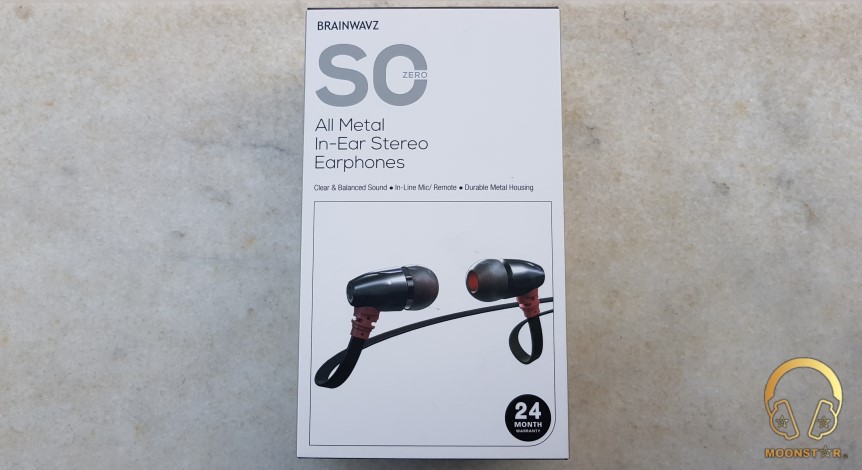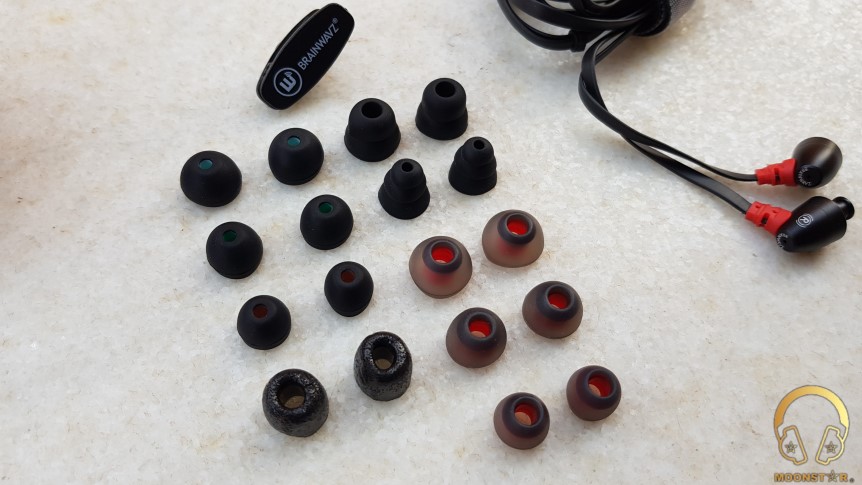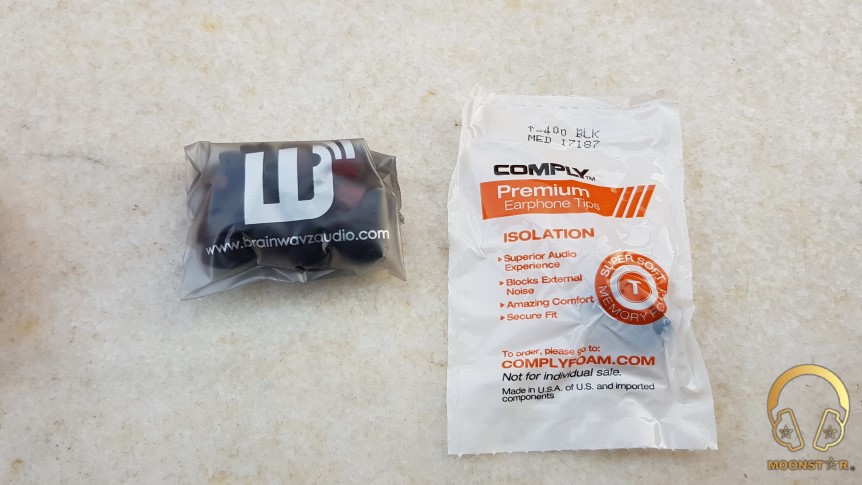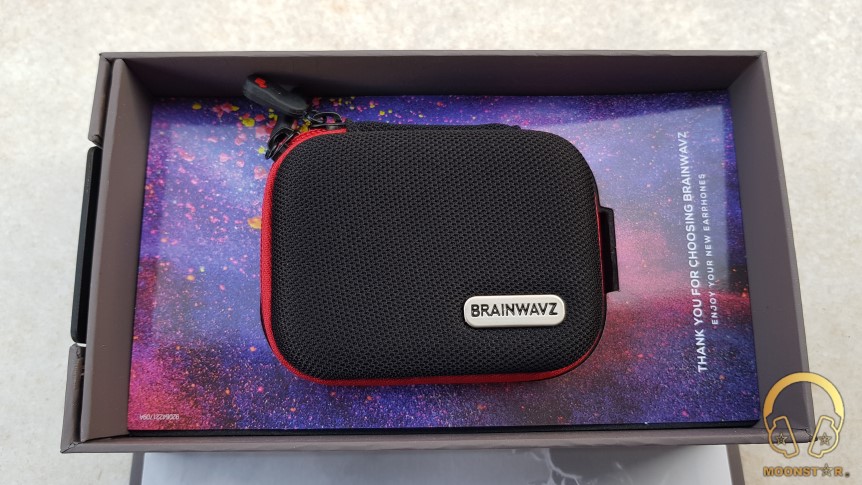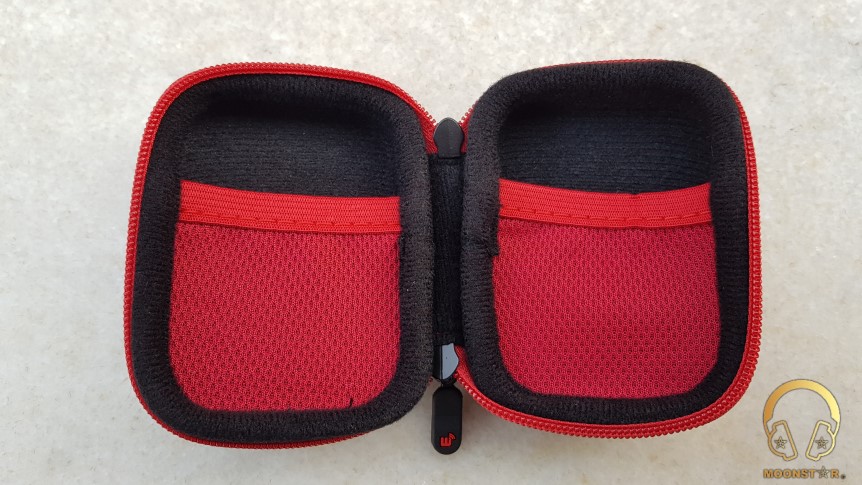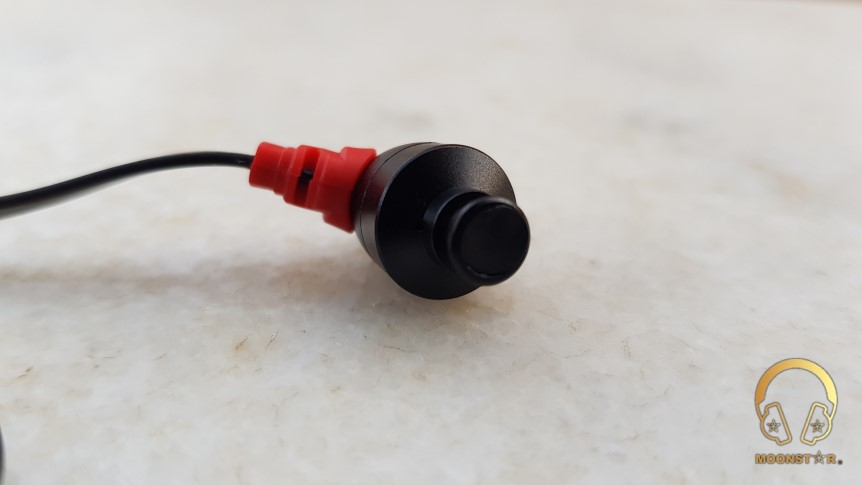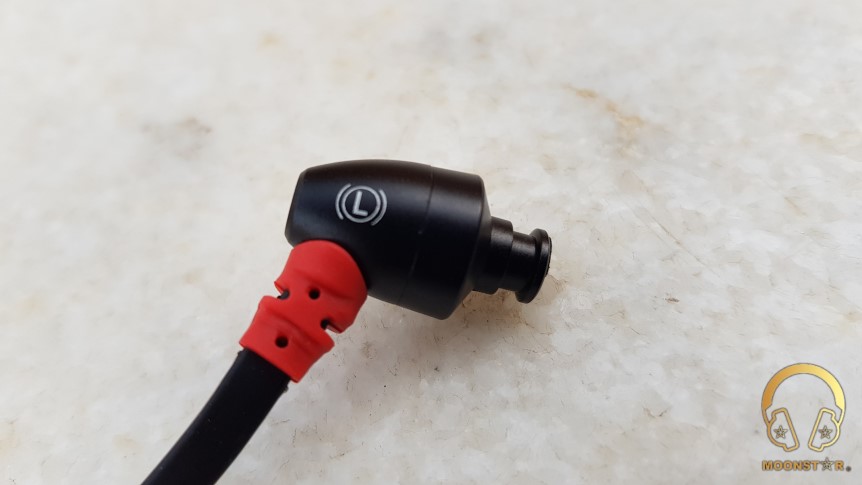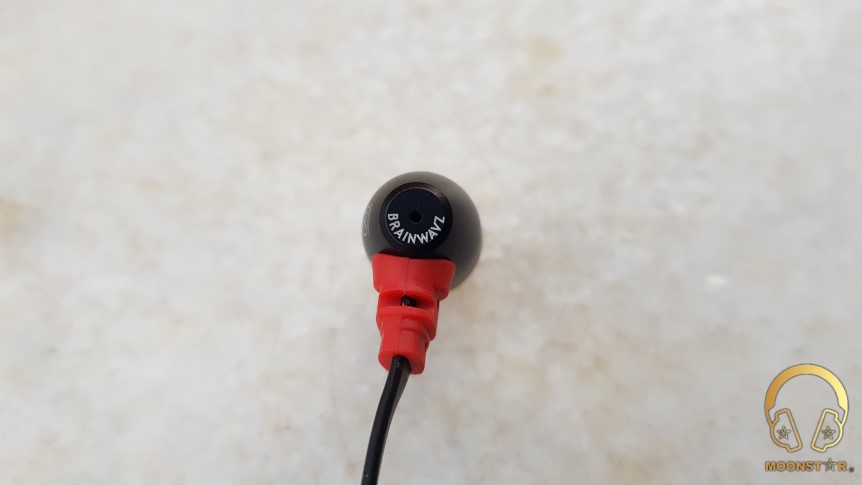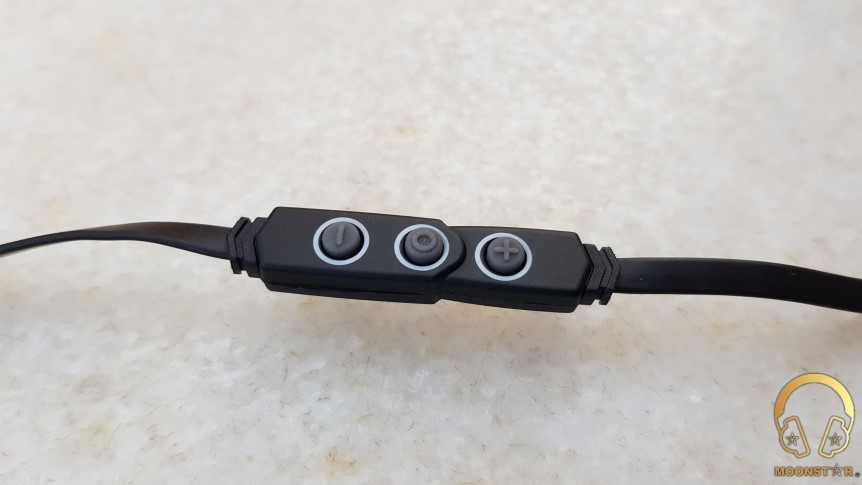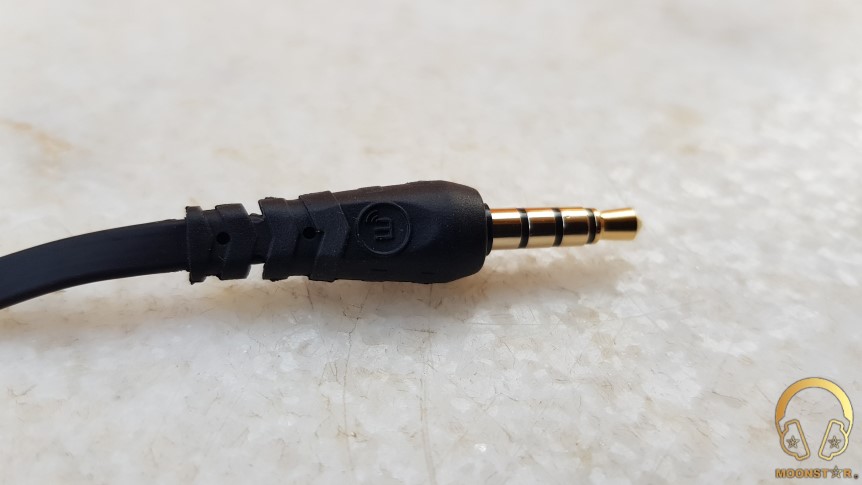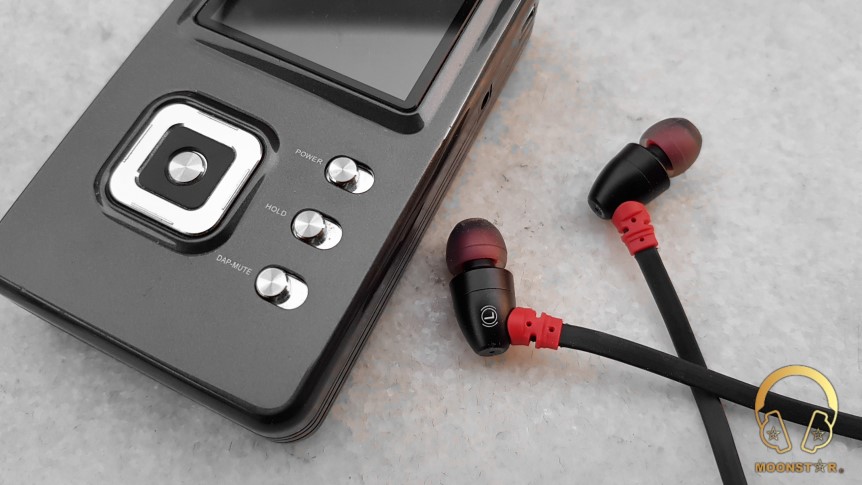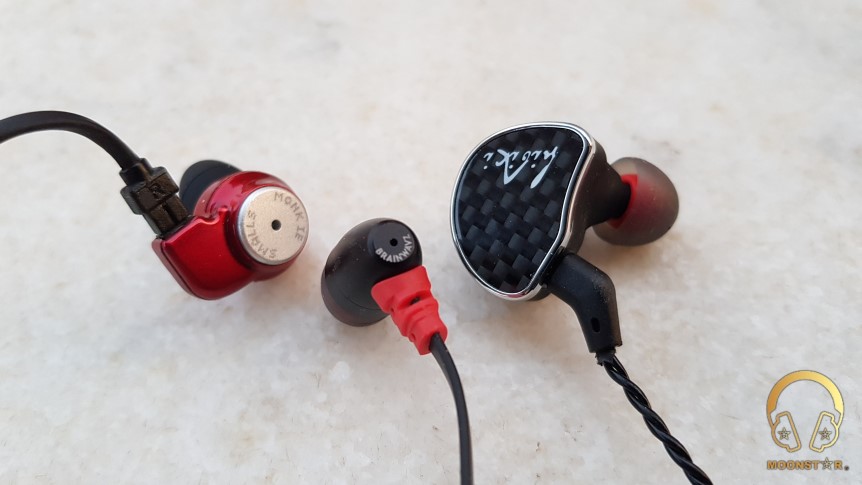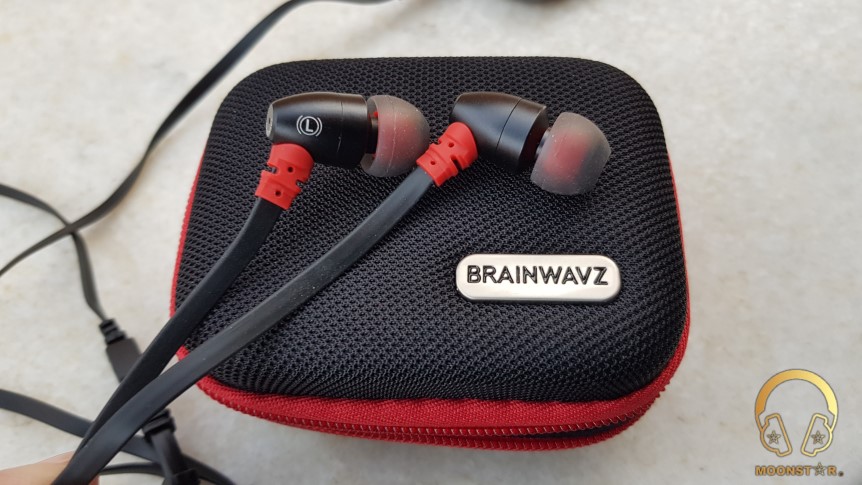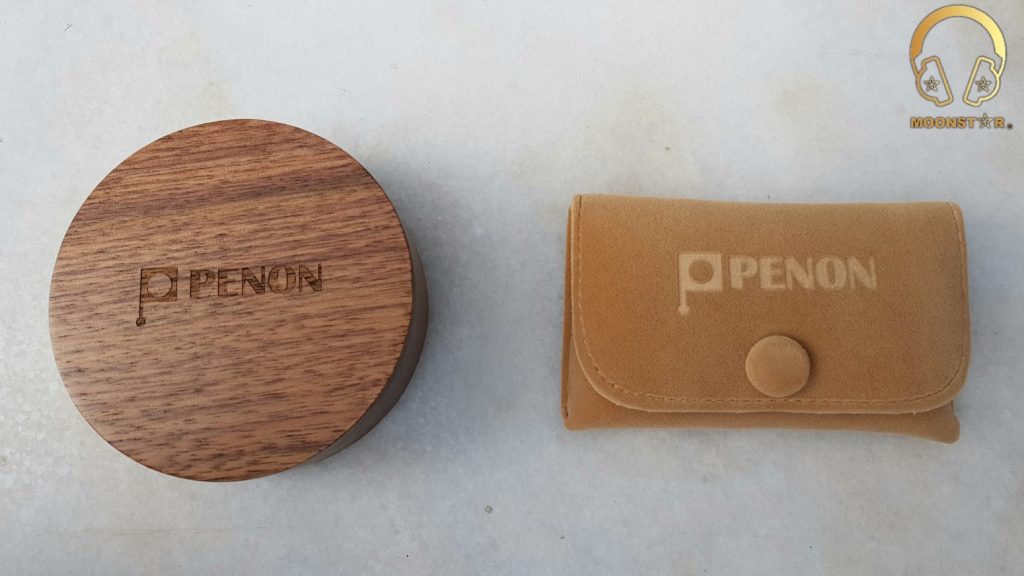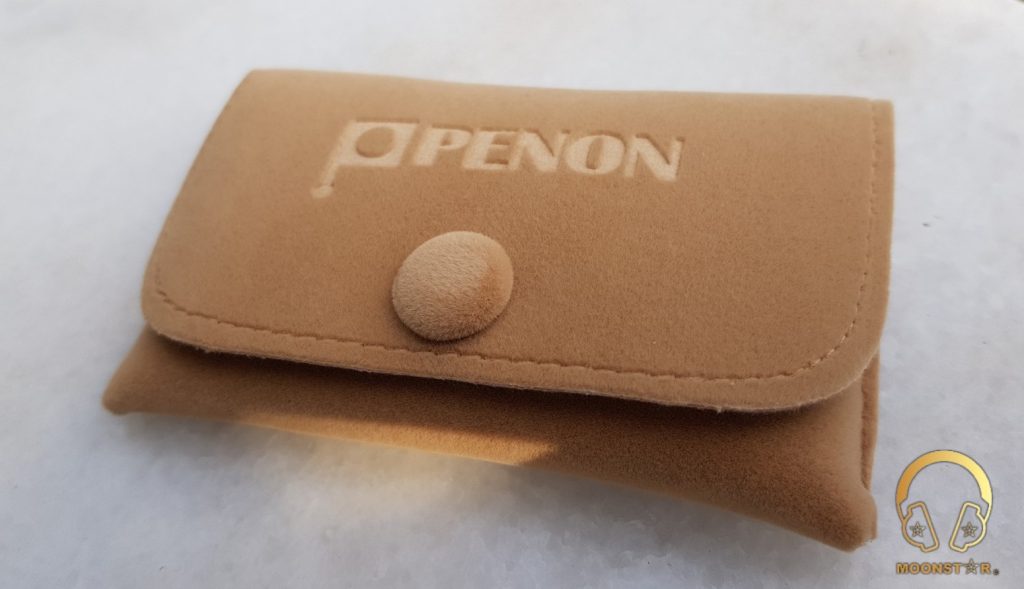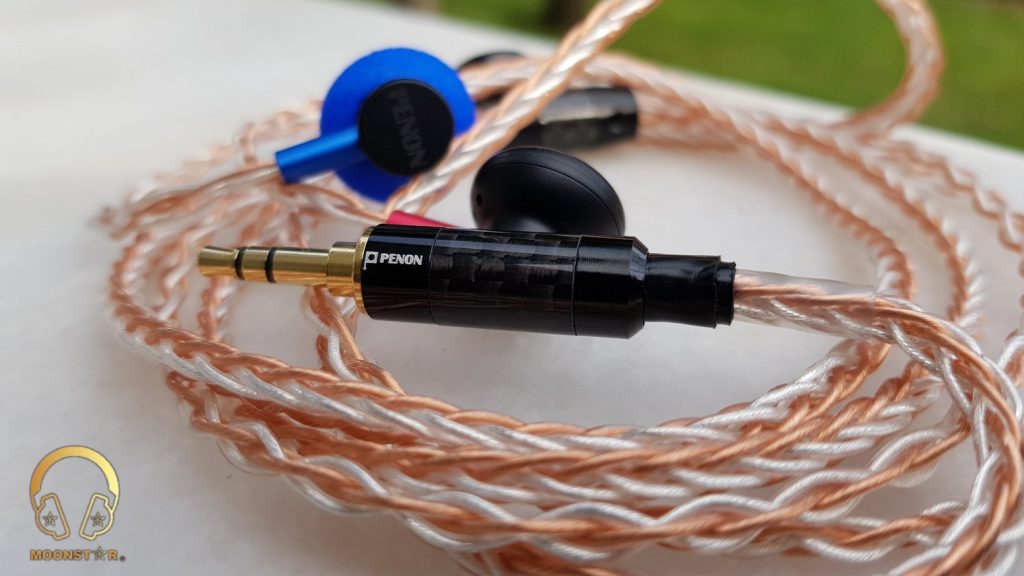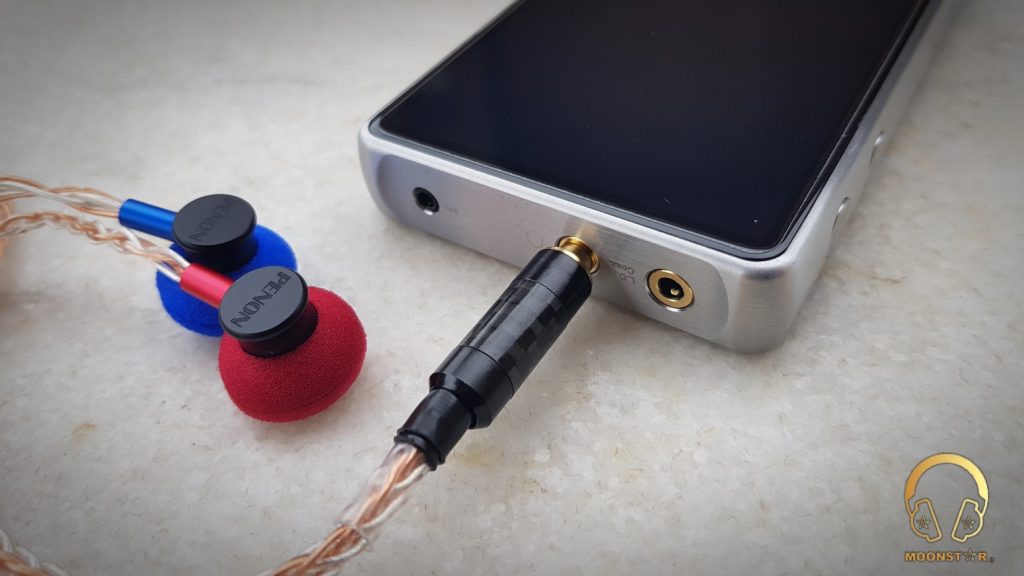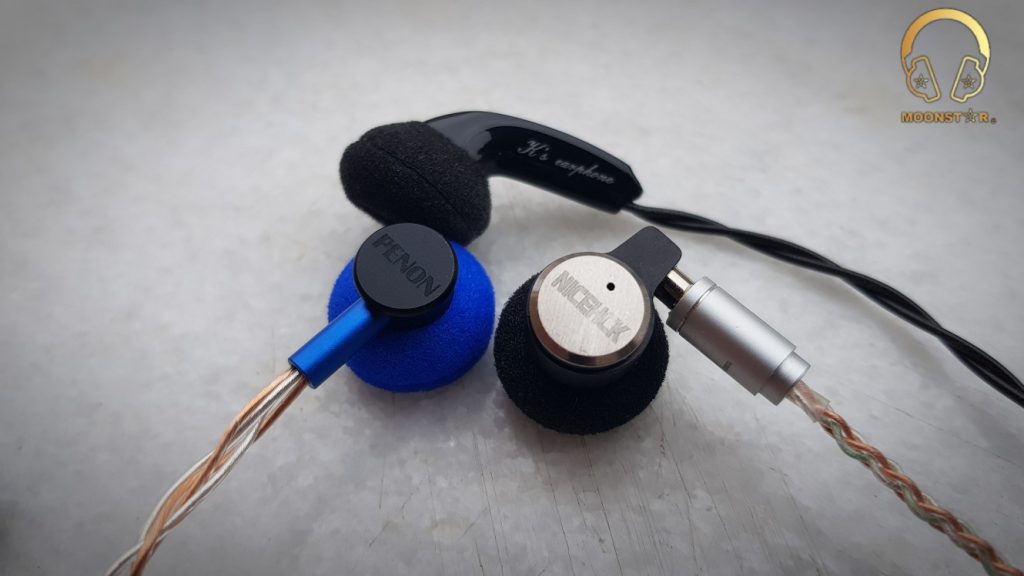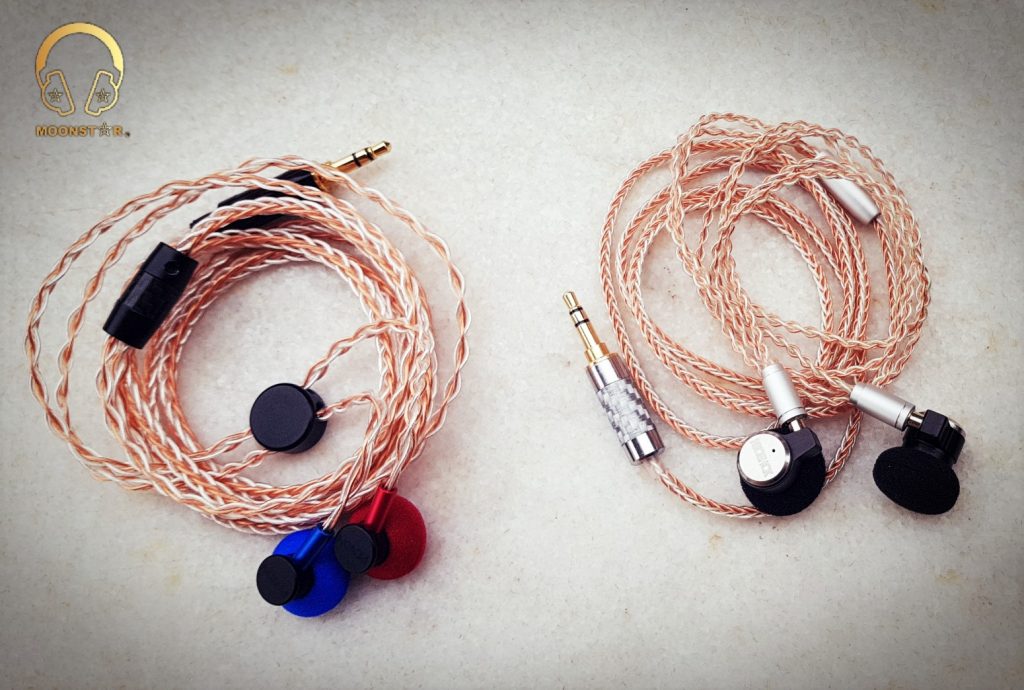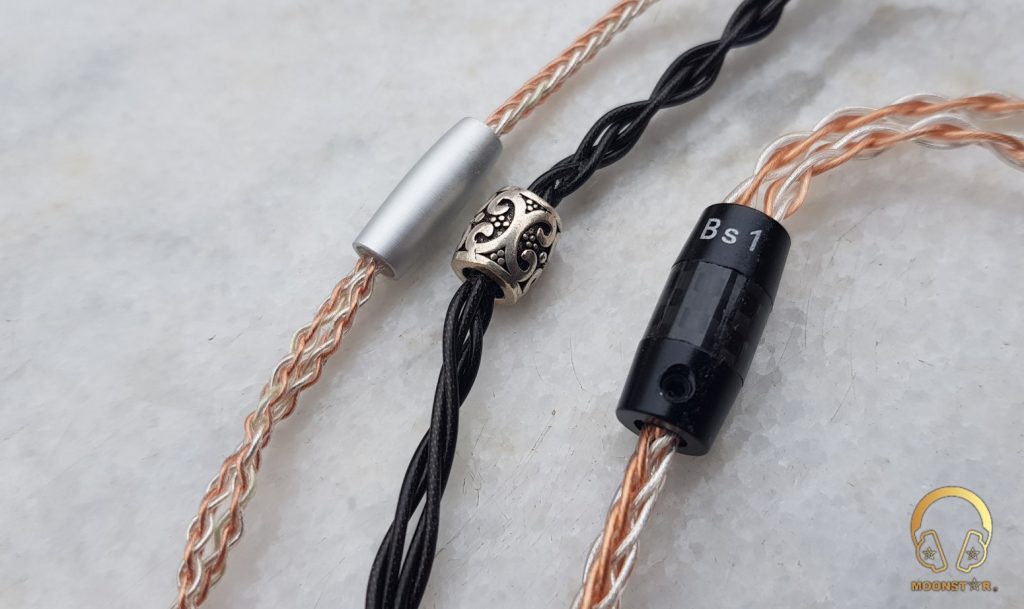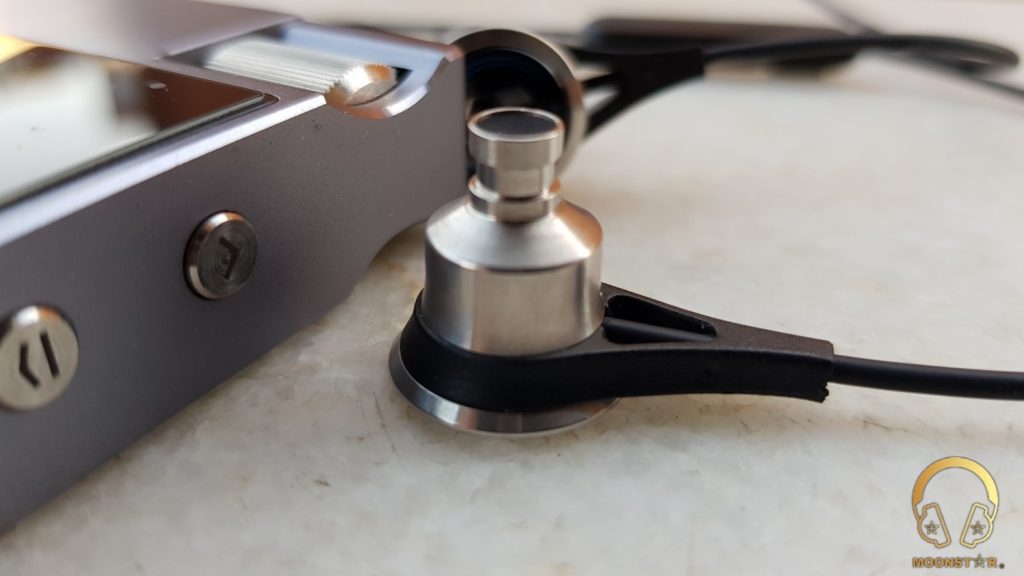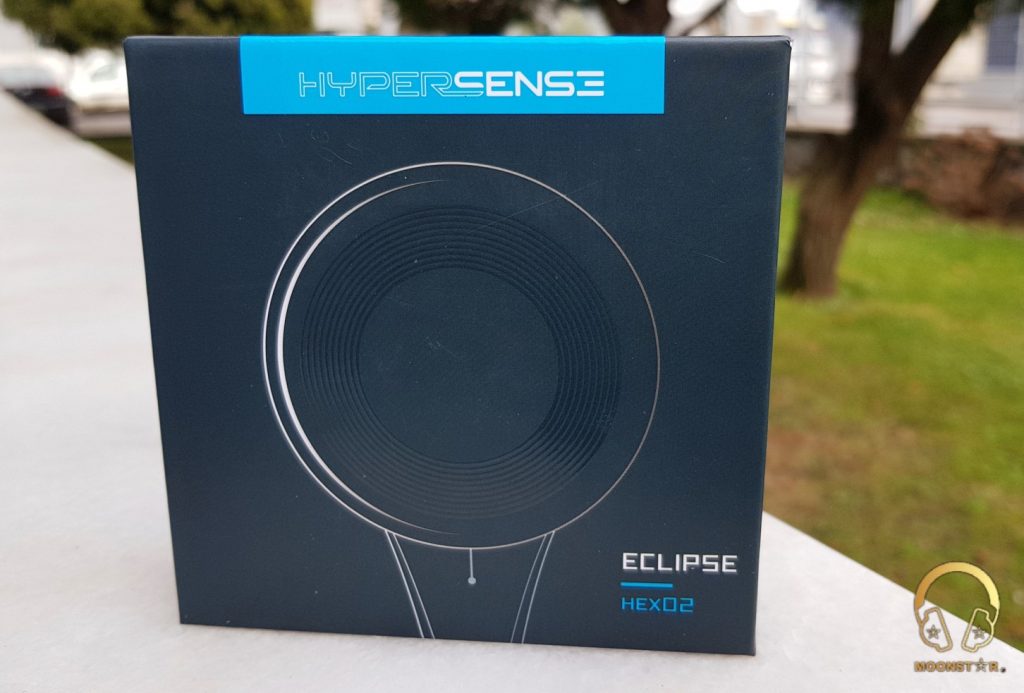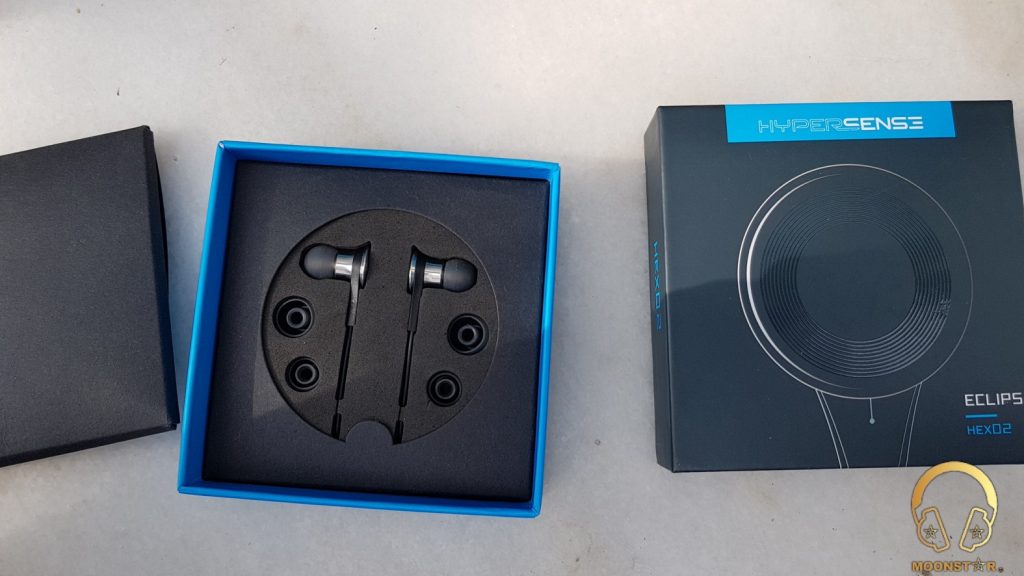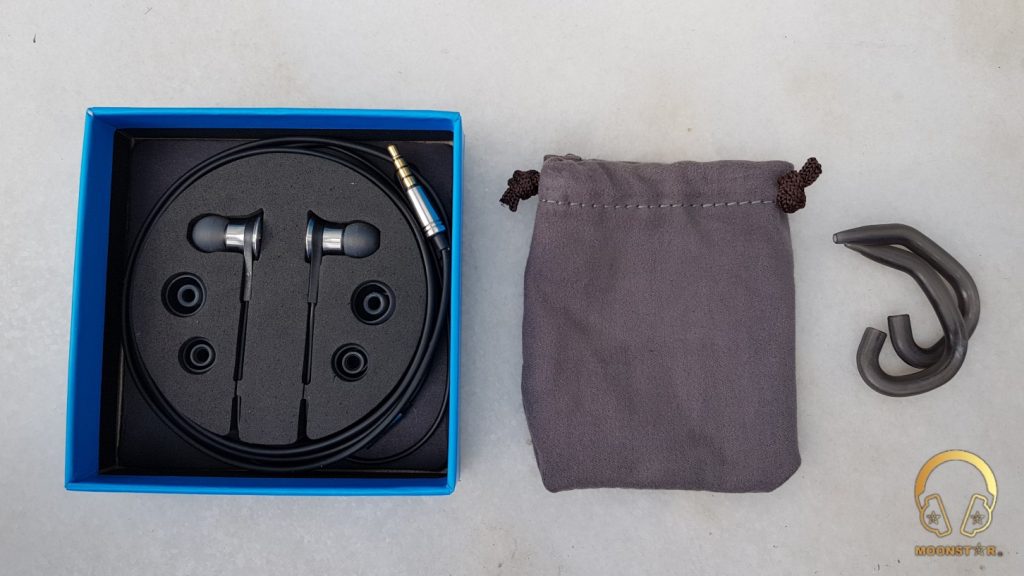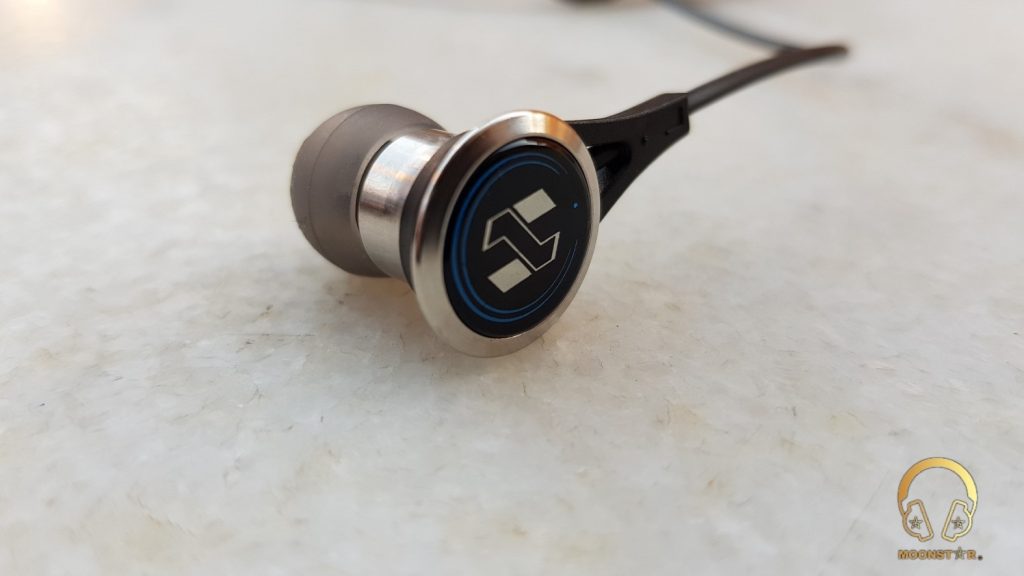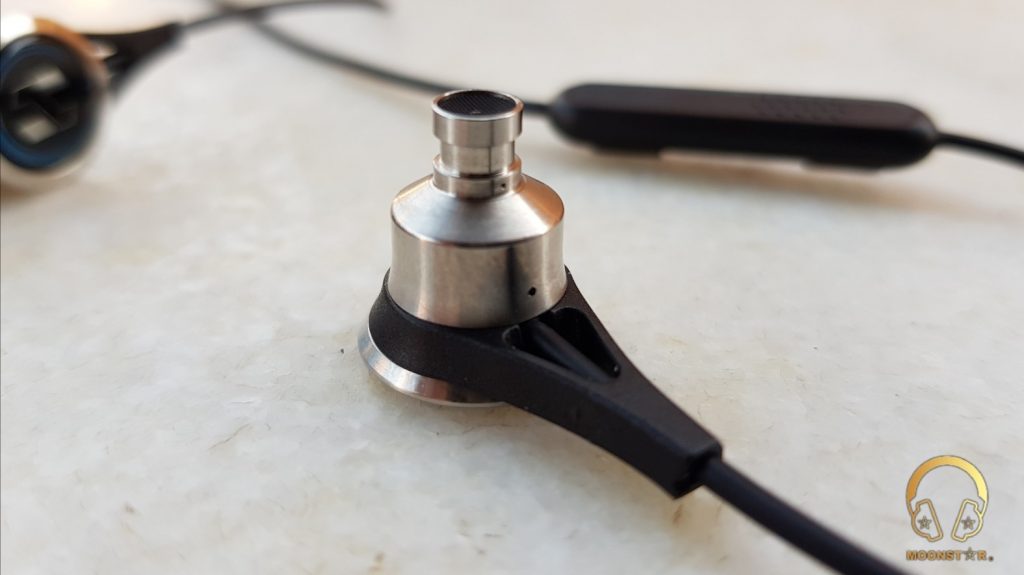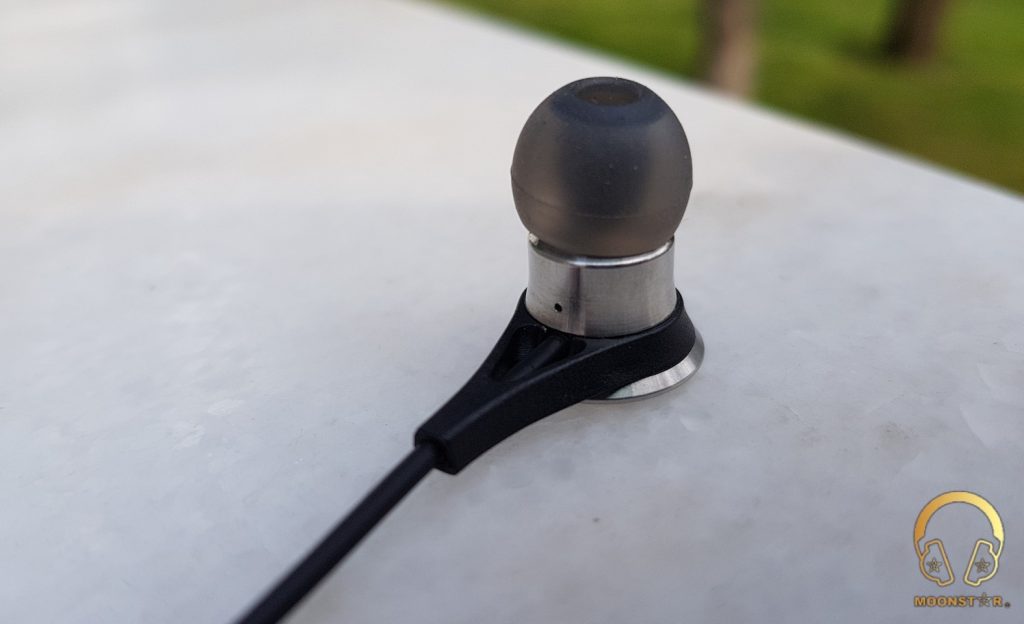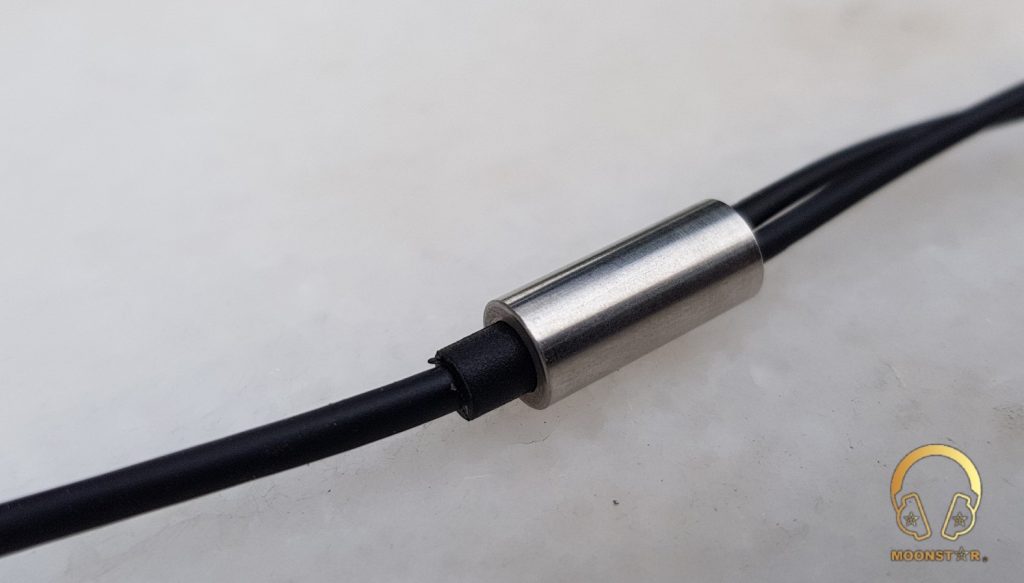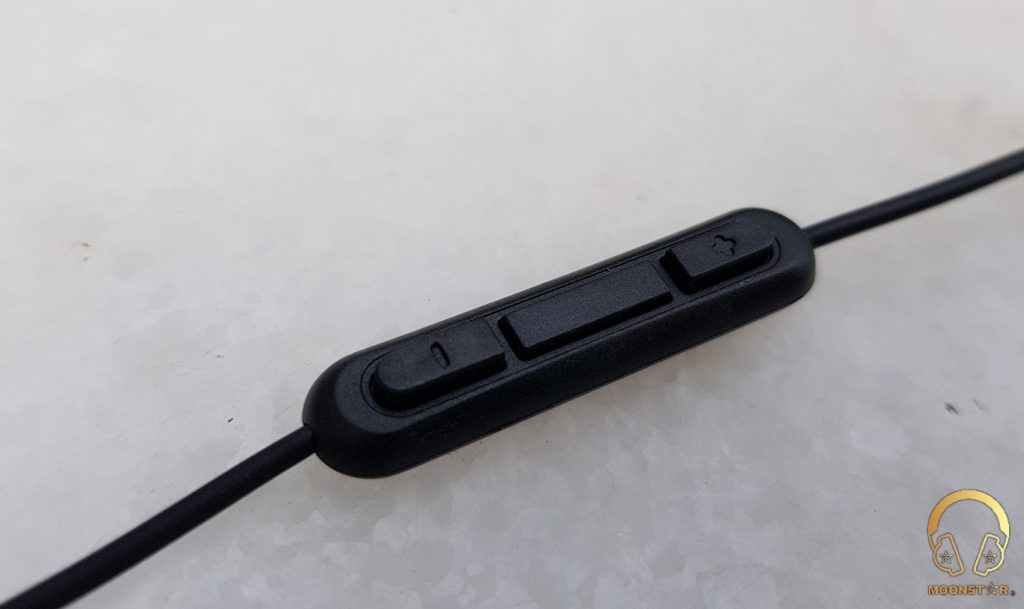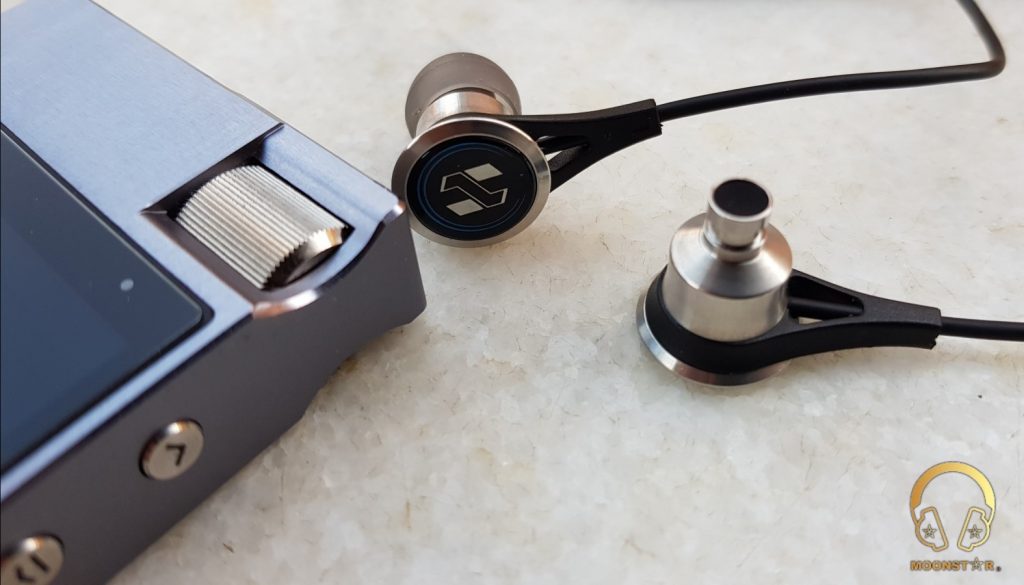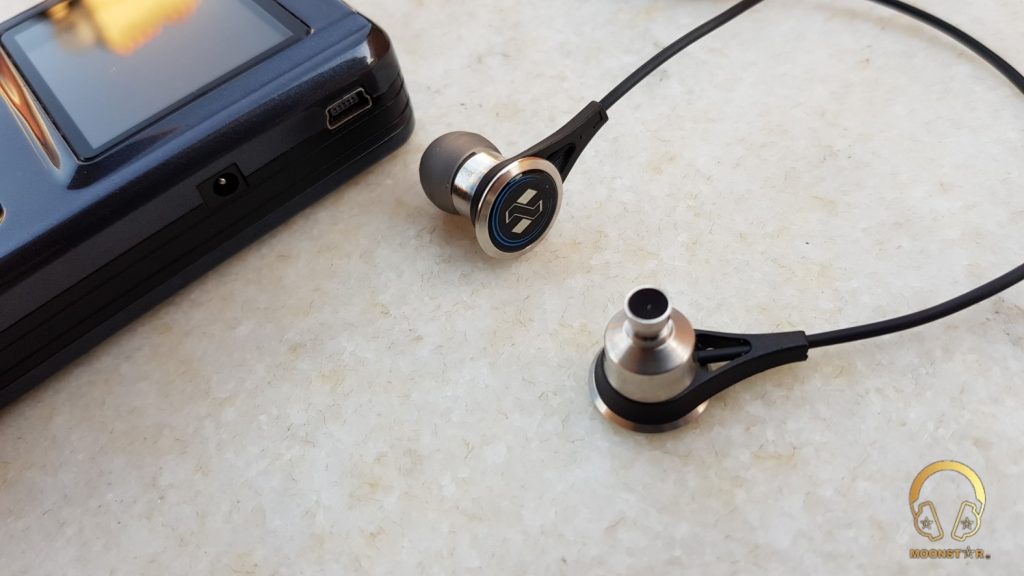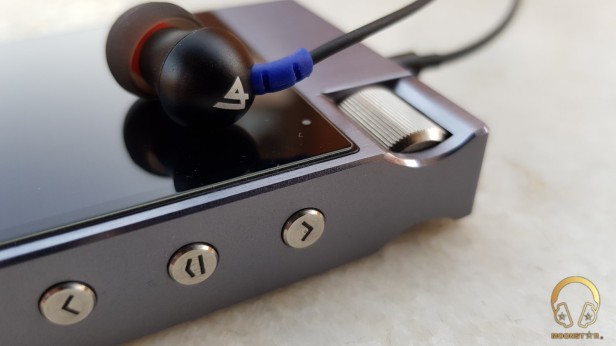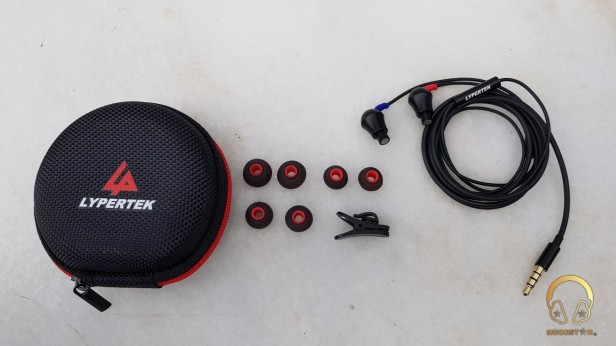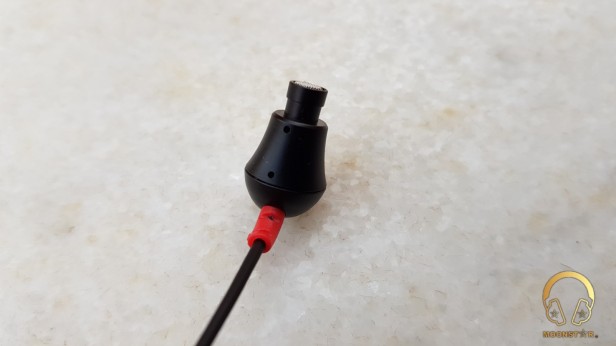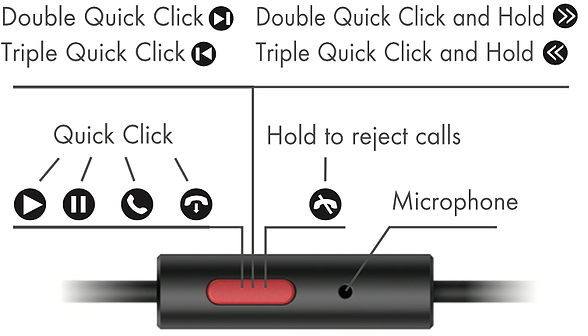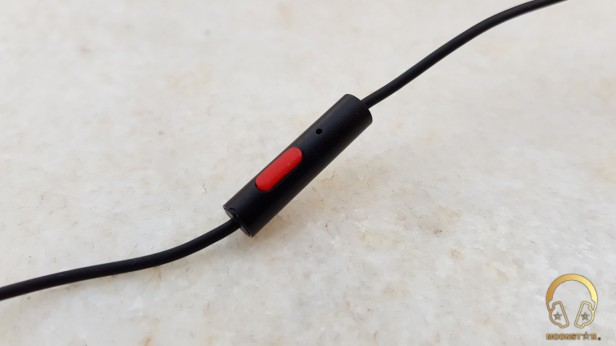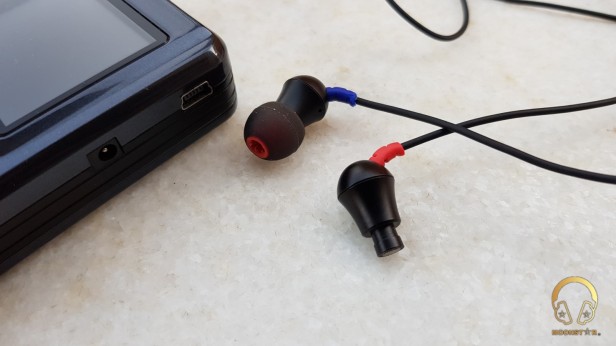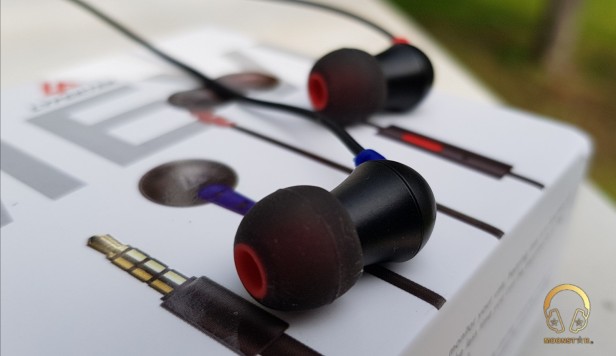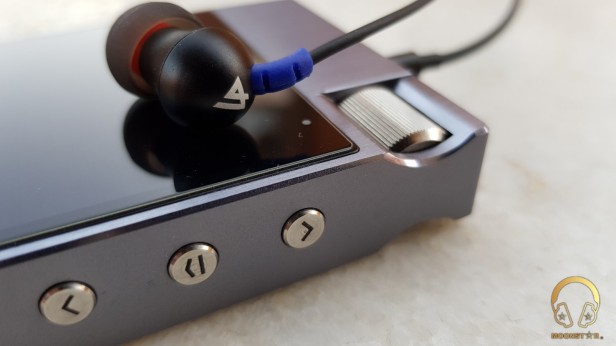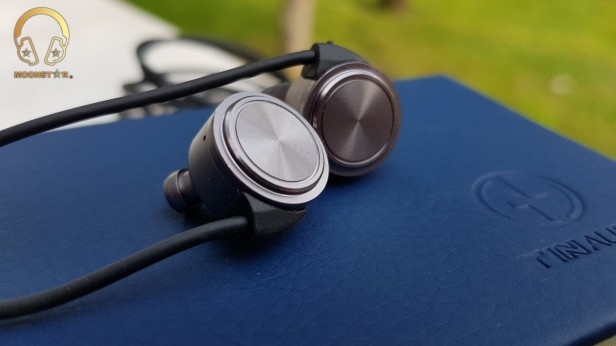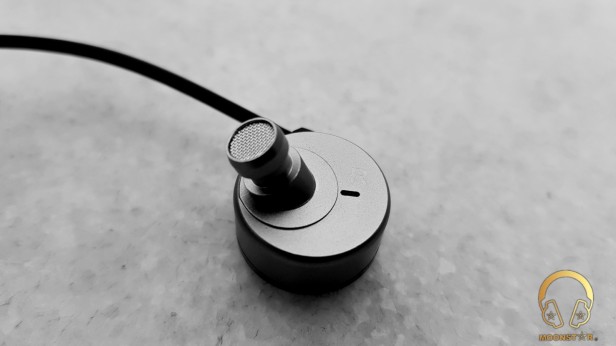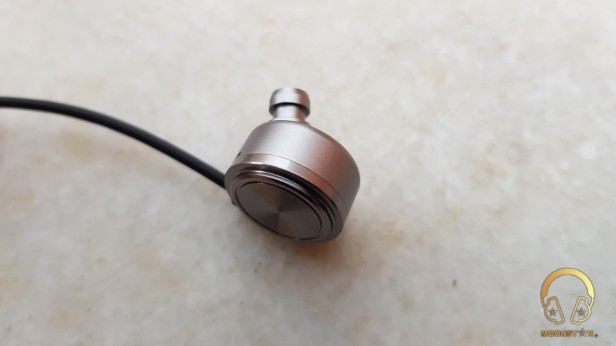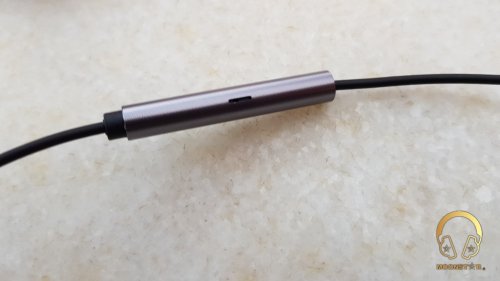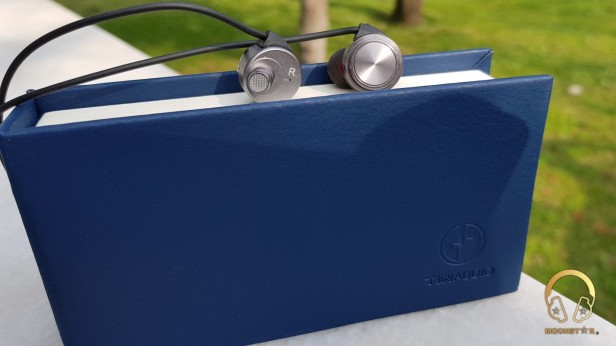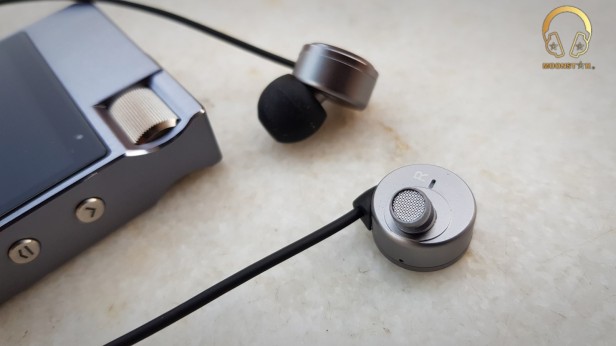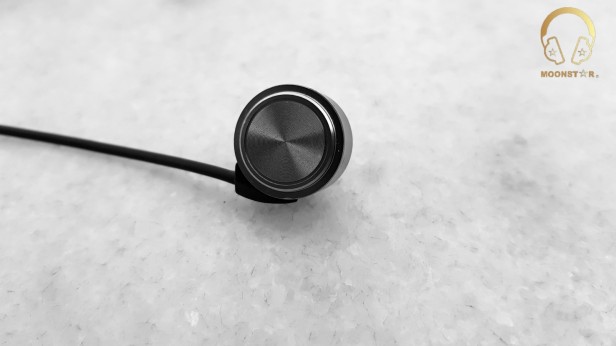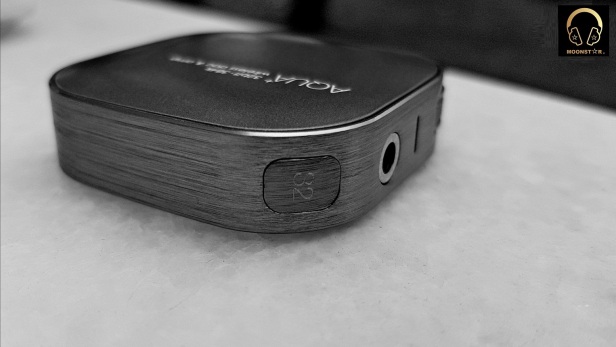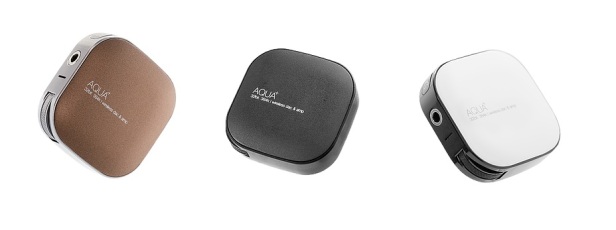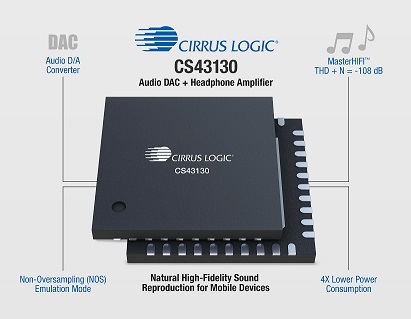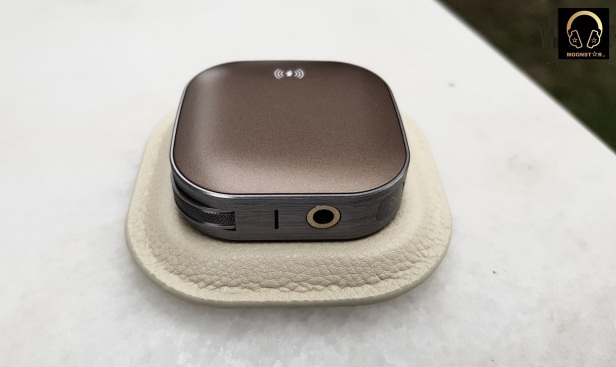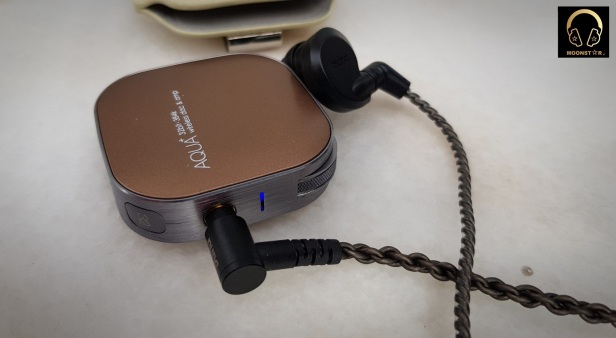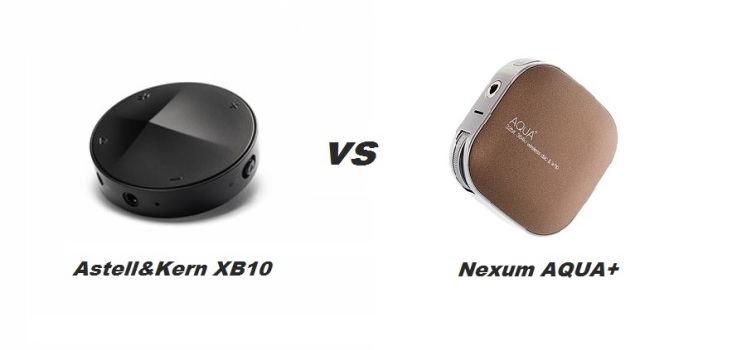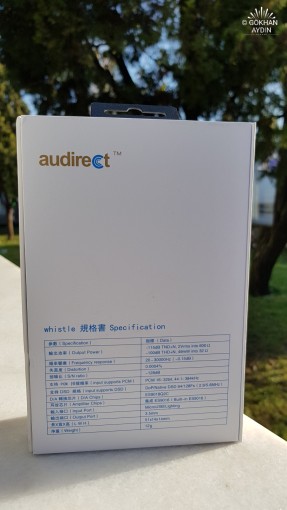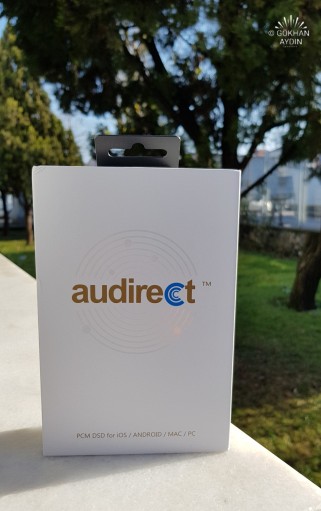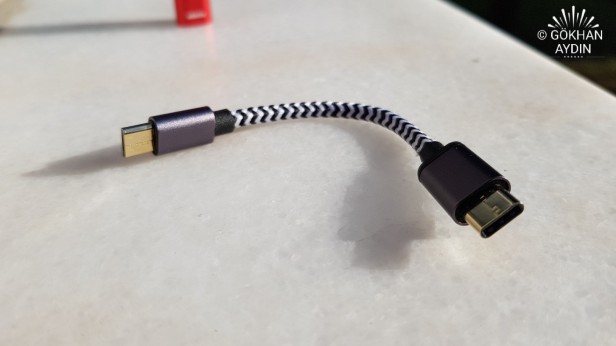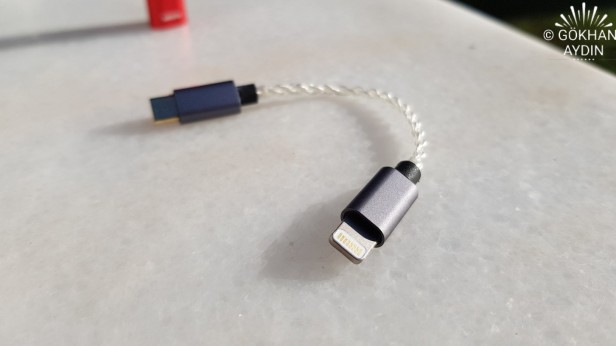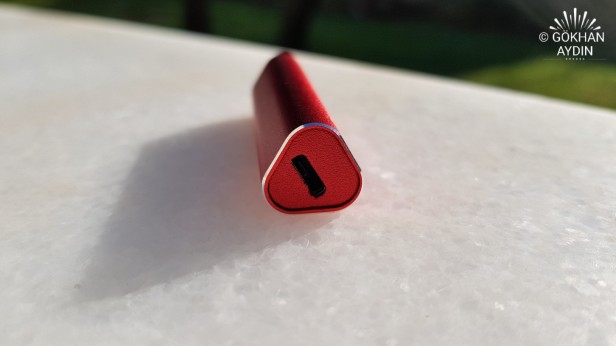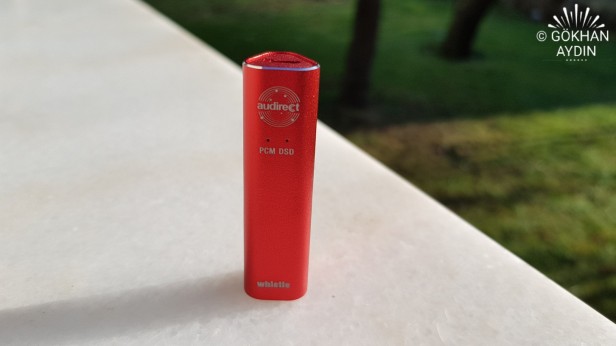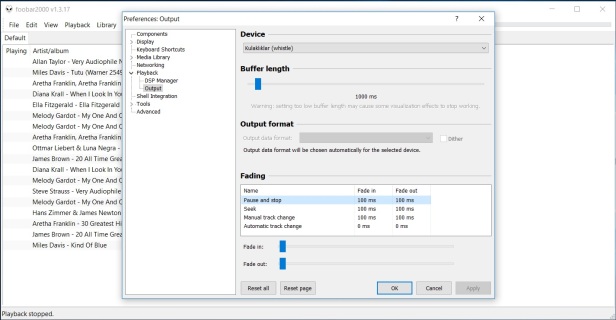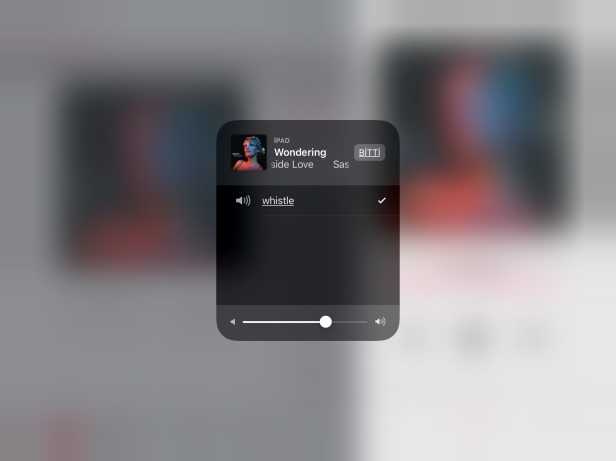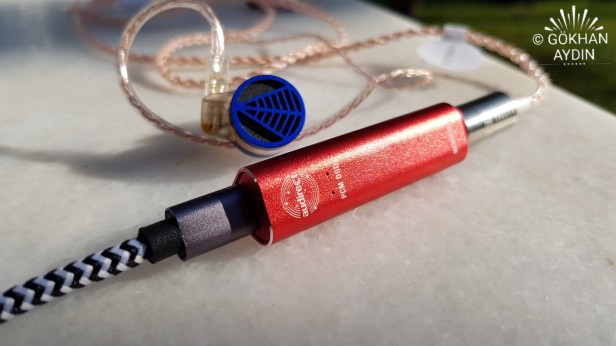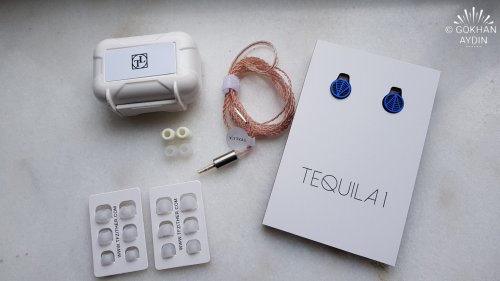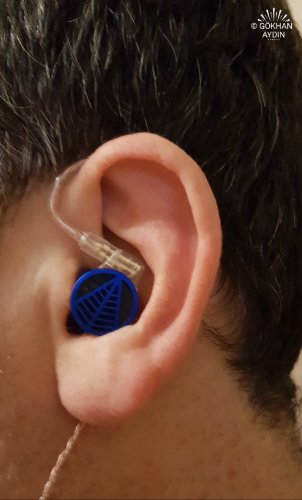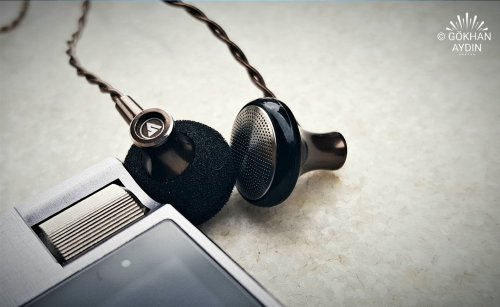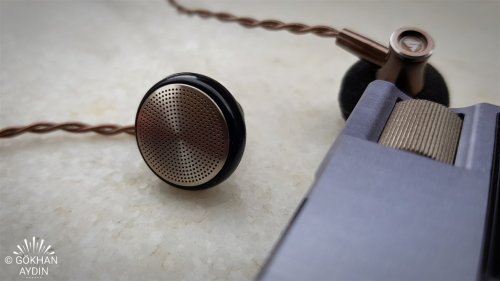The MUSILAND MU1;
Good Value for the Money…
About Musiland:
Musiland Electrical Co. Ltd is a well-known manufacturer of computer audio equipments like USB sound cards, PCI sound cards, external stereo decoders, etc. and is located in Beijing, China.

Disclaimer:
I would like to thank Musiland for providing me this sample via Penon Audio for review purposes. I am not affiliated with Musiland beyond this review and these words reflect my true, unaltered opinions about the product.
Price:
The Musiland MU1 USB Type-C to 3.5mm DAC/AMP adapter is available on Penon Audio for 35,00 USD.
Purchase Link: https://penonaudio.com/musiland-mu1-type-c-to-3.5mm.html
Introduction:
The Musiland MU1 is a vey small sized USB Type-C (digital) to 3.5mm (analog) adapter with built in Digital to Analog Converter (DAC) and Amplifier which is specially designed for Android interface devices. It uses the highly integrated, low-power digital processor SUPERDSP230, with standard 3.5MM headphone interface.
Package and Accessories:
The device comes in small zipper case which contains the following items;


Design and Build Quality:
The Musiland MU1 is a small, digital to analog converter and adapter with a low profile cable, which is according to Musiland, a HI-FI grade 6N single-crystal copper cable with a 4-core multi-strand braid structure, which is coated with a transparent high elasticity organic fiber material for extra durability. In fact, the quality of workmanship is at a high level.


On one side of this adapter is the 3.5mm single ended headphone out and on the other side is the heart of the MU1 where you can find the DAC and AMP which is placed inside the USB Type-C connector housing.

Specifications:
Hardware/Software:
The Musiland MU1 is a small DAC, which has some nice hardware specs. The MU1 has no battery and any physical volume control button/wheel and needs the power of the source.
The MU1 supports mainstream media software’s and is compatible with KuGou Music, Netease Cloud Music, QQ Music, HiBy Music, USB Audio Player Pro and many other music Applications on the market and support sampling rates up to 192 KHz.
a) DSP230 processor:
Inside the Musiland MU1 is the DSP230 processor of the company Cirrus Logic which supports sampling rates at 16bit and 24Bit form 44.1kHz up to 192kHz.
b) Low Power Audio Codec:
Musiland MU1 is using the CS42L42 Low Power Audio Codec of the company Cirrus Logic with integrated MIPI SoundWire® that is designed for portable applications, which provides a dynamic range of 114dB. The CS42L42 features sample rates up to 24-bit and has 2 DAC’s and
The CS42L42 architecture includes bypassable SRCs and a bypassable, three-band, 32-bit parametric equalizer, which allows processing of digital audio data.
c) Connectivity:
The Musiland MU1 supports a plug-and-play feature, which is compatible with Android Devices with USB Type-C port. Apple Computers and PC’s with Windows 10 1703 and above are also supported but you must use the USB Type-C to USB 2.0 converter to plug the MU1 adapter.
d) Driving power & Hissing:
According to Musiland, the MU1’s headphone output power is 2x60mw for 32ohms and can drive up to 120 ohm headphones with a transient current of up to 300mA.
The Musiland MU1 has a surprisingly clean output for a price of 35,00 USD and sounds quite clean with my relative sensitive DUNU Falcon-C. The MU1 has also enough juice to power my full sized headphone, the ATH M50 to relative loud volume levels.

Equipments used for this review:
Albums & Tracks used for this review:

The Sound:
Please note that this is a low budget DAC/AMP that means, all my comments about the sound quality are in consideration of this price range. The burn-in period for the Musiland MU1 was for about 80 hours.
The Musiland MU1 sounds balanced and has a fairly neutral tonality with a hint of warmth which avoids a too dry sound presentation.
The lower frequencies region of the Musiland MU1 sounds fairly uncolored and has a moderate sub-bass rumble, which sounds controlled, but does not reaches to the lowest register. The sub-bass is tight and has good authority.
The bass speed is above average and is enough to make a pleasant presentation of instruments like bass guitars and drums.
The mid-bass of area of the MU1 has moderate presence and fullness, which is good enough for pop or rock music, but its missing of some punch for genres like electronic and trance.
The midrange of the Musiland MU1 is slightly laid-back and there is only a small amount of coloration. The midrange sounds pretty smooth and clear, which is really impressive at this price point. Both male and female vocals sounding smooth and natural with a slightly hint of warmness.
The definition of instruments is above average and there is pretty good amount of detail retrieval, especially for 35,00 USD. Some instruments like guitars, violins and pianos are sounding detailed and are quite enjoyable to listen for.
There is only a very low amount off upper midrange harshness in higher volumes, which is noticeable in some bad recorded or remastered metal and trash metal songs like Metallica’s “Sad but True” or Megadeth’s “Sweating Bullets” which is quite acceptable in this price category.
The treble range has a moderate level of extension and doesn’t sound harsh or sibilant, which is again a big plus at this price point. Instrument like flutes, cymbals and guitar strings sounding fairly detailed and having a nice crispiness.
The upper treble sounds energetic, with good amount of air and nice level of sparkle and is presented in a clear way without being dry or harsh. There is also a moderate amount of body, which makes the overall presentation more enjoyable.
Soundstage and Separation:
The soundstage of the Musiland MU1 has a quite natural expansion which has moderate wide and above average depth. The positioning of instruments and vocals is fairly precise and there is a good level of separation at this price point.
Comparisons:
Dell 5521 Laptop:
There is a noticeable improvement in sound quality when I hook the Musiland MU1 to my Samsung Galaxy S8+ and Dell 5521 Laptop.
The MU1 is a much cleaner source, which sounds more natural and detailed compared to the stock sound of the Dell 5521. The bass of the Dell 5521 has more quantity, but less detail, extension and control.
The midrange of the Dell 5521 sounds veiled and dry compared to the cleaner and more transparent presentation of the Musiland MU1. The instrument separation sounds much more improved and vocals a represented in a more natural way.
The upper midrange of the stock Dell 5511 headphone out has some control issues especially in fast passages like in GoGo Penguin – Fanfares, where the Musiland MU1 sounds fairly controlled.
The Treble range of the Dell 5521 is missing clarity and sparkle, which the Musiland MU1 has. The treble of the MU1 extends better and the Dell 5521 is also missing some detail, which the MU1 has.
The difference for soundstage depth is minimal; while the MU1 has the wider stage and a more precise instrument placement.
Samsung Galaxy S8+:
The Musiland MU1 is a slightly warmer source then the Galaxy S8+, has more bass quantity and sounds also fuller. The bass speed is nearly identical, but the extension and control of the Musiland MU1 is superior.
The midrange of the Galaxy S8+ sounds slightly thinner and in a dryer way. Both sources are sounding fairly clean, but the MU1 has additional transparency in the midrange. Both, vocals and instruments sounding more realistic and intimate with the Musiland MU1, which is one of the strong abilities of this device, especially at this price range. The difference for definition and micro detail is not as high like with my Dell 5511, but the MU1 has again the upper hand in this regarding.
The treble range of the Musiland MU1 has the better control and doesn’t sound harsh like the Galaxy S8+, which has also some sibilance problems in this area. Musiland MU1 has also more detail and better extension at the upper treble range.
The difference for soundstage depth and wideness is surprisingly minimal, but the Musiland MU1 has again the more precise instrument placement and better imaging.

Conclusion:
The Musiland MU1 is a surprisingly good sounding DAC/AMP for the price and its size. It sounds clean, transparent and fairly detailed, which makes it to a good option; especially for Smartpones and Tablets with USB Type-C connections, which have mediocre sound quality.
Summary (pros and cons):

This review was originally posted on "Moonstar Reviews" :
https://moonstarreviews.net
...
Good Value for the Money…
About Musiland:
Musiland Electrical Co. Ltd is a well-known manufacturer of computer audio equipments like USB sound cards, PCI sound cards, external stereo decoders, etc. and is located in Beijing, China.

Disclaimer:
I would like to thank Musiland for providing me this sample via Penon Audio for review purposes. I am not affiliated with Musiland beyond this review and these words reflect my true, unaltered opinions about the product.
Price:
The Musiland MU1 USB Type-C to 3.5mm DAC/AMP adapter is available on Penon Audio for 35,00 USD.
Purchase Link: https://penonaudio.com/musiland-mu1-type-c-to-3.5mm.html
Introduction:
The Musiland MU1 is a vey small sized USB Type-C (digital) to 3.5mm (analog) adapter with built in Digital to Analog Converter (DAC) and Amplifier which is specially designed for Android interface devices. It uses the highly integrated, low-power digital processor SUPERDSP230, with standard 3.5MM headphone interface.
Package and Accessories:
The device comes in small zipper case which contains the following items;
- 1 pcs of Musiland MU1 USB Type-C to 3.5mm DAC/AMP adapter
- 1 pcs of USB Type-C to USB adapter
- 1 pcs Zipper Case


Design and Build Quality:
The Musiland MU1 is a small, digital to analog converter and adapter with a low profile cable, which is according to Musiland, a HI-FI grade 6N single-crystal copper cable with a 4-core multi-strand braid structure, which is coated with a transparent high elasticity organic fiber material for extra durability. In fact, the quality of workmanship is at a high level.


On one side of this adapter is the 3.5mm single ended headphone out and on the other side is the heart of the MU1 where you can find the DAC and AMP which is placed inside the USB Type-C connector housing.

Specifications:
- Digital Input Interface : USB Type-C
- Analog Output : 3.5mm Single Ended
- Dynamic Range : 114dB
- THD+N : -90dB
- Sample Rate : 8 – 192kHz
- Static Power Consumption : about 50 mA
- Cable Material & Core : 6N single-crystal copper, 4-core multi-strand braided
Hardware/Software:
The Musiland MU1 is a small DAC, which has some nice hardware specs. The MU1 has no battery and any physical volume control button/wheel and needs the power of the source.
The MU1 supports mainstream media software’s and is compatible with KuGou Music, Netease Cloud Music, QQ Music, HiBy Music, USB Audio Player Pro and many other music Applications on the market and support sampling rates up to 192 KHz.
a) DSP230 processor:
Inside the Musiland MU1 is the DSP230 processor of the company Cirrus Logic which supports sampling rates at 16bit and 24Bit form 44.1kHz up to 192kHz.
b) Low Power Audio Codec:
Musiland MU1 is using the CS42L42 Low Power Audio Codec of the company Cirrus Logic with integrated MIPI SoundWire® that is designed for portable applications, which provides a dynamic range of 114dB. The CS42L42 features sample rates up to 24-bit and has 2 DAC’s and
The CS42L42 architecture includes bypassable SRCs and a bypassable, three-band, 32-bit parametric equalizer, which allows processing of digital audio data.
c) Connectivity:
The Musiland MU1 supports a plug-and-play feature, which is compatible with Android Devices with USB Type-C port. Apple Computers and PC’s with Windows 10 1703 and above are also supported but you must use the USB Type-C to USB 2.0 converter to plug the MU1 adapter.
d) Driving power & Hissing:
According to Musiland, the MU1’s headphone output power is 2x60mw for 32ohms and can drive up to 120 ohm headphones with a transient current of up to 300mA.
The Musiland MU1 has a surprisingly clean output for a price of 35,00 USD and sounds quite clean with my relative sensitive DUNU Falcon-C. The MU1 has also enough juice to power my full sized headphone, the ATH M50 to relative loud volume levels.

Equipments used for this review:
- DAC’s : Musiland MU1
- USB Source : Samsung Galaxy S8+ and Dell 5521 Laptop
- IEM’s : Campfire Audio Polaris, Audeze iSine20, Lear LUF Kaleido, Dunu Flacon-C
- Earbuds : Astrotec Lyra Collection, Penon BS1 Official, Simphonio Dragon2+
- Headphones : Audio-Technica ATH-M50
Albums & Tracks used for this review:
- Jehan Barbur – Yollar (Spotify)
- Minor Empire – Bulbulum Altin Kafeste (Spotify)
- London Grammar – Interlud (Live) (Flac 24bit/44kHz)
- Laura Pergolizzi – Lost On You “Live at Harvard and Stone” (Tidal Hi-Fi)
- Steve Srauss – Mr. Bones (Flac 16bit/44kHz)
- Dire Straits – Money for Nothing (DSD 64)
- Gothart – Jovano, Jovanke (Spotify)
- Otto Liebert & Luna Negra – The River (DSF) – Binaural Recording
- GoGo Penguin – Fanfares (Tidal Hi-Fi)
- Opeth – Damnation (Tidal Hi-Fi)
- Megadeth – Sweating Bullets (Flac 16bit/44kHz)
- Metallica – Sad bu True (Flac 24bit/96kHz)
- Future Heroes – Another World (Tidal Hi-fi)
- Lorde – Team (Flac 24bit/48kHz)
- Tom Player – Resonace Theory “Album” (Tidal Hi-Fi)
- Deeperise feat. Jabbar – Move On (Spotify)

The Sound:
Please note that this is a low budget DAC/AMP that means, all my comments about the sound quality are in consideration of this price range. The burn-in period for the Musiland MU1 was for about 80 hours.
The Musiland MU1 sounds balanced and has a fairly neutral tonality with a hint of warmth which avoids a too dry sound presentation.
The lower frequencies region of the Musiland MU1 sounds fairly uncolored and has a moderate sub-bass rumble, which sounds controlled, but does not reaches to the lowest register. The sub-bass is tight and has good authority.
The bass speed is above average and is enough to make a pleasant presentation of instruments like bass guitars and drums.
The mid-bass of area of the MU1 has moderate presence and fullness, which is good enough for pop or rock music, but its missing of some punch for genres like electronic and trance.
The midrange of the Musiland MU1 is slightly laid-back and there is only a small amount of coloration. The midrange sounds pretty smooth and clear, which is really impressive at this price point. Both male and female vocals sounding smooth and natural with a slightly hint of warmness.
The definition of instruments is above average and there is pretty good amount of detail retrieval, especially for 35,00 USD. Some instruments like guitars, violins and pianos are sounding detailed and are quite enjoyable to listen for.
There is only a very low amount off upper midrange harshness in higher volumes, which is noticeable in some bad recorded or remastered metal and trash metal songs like Metallica’s “Sad but True” or Megadeth’s “Sweating Bullets” which is quite acceptable in this price category.
The treble range has a moderate level of extension and doesn’t sound harsh or sibilant, which is again a big plus at this price point. Instrument like flutes, cymbals and guitar strings sounding fairly detailed and having a nice crispiness.
The upper treble sounds energetic, with good amount of air and nice level of sparkle and is presented in a clear way without being dry or harsh. There is also a moderate amount of body, which makes the overall presentation more enjoyable.
Soundstage and Separation:
The soundstage of the Musiland MU1 has a quite natural expansion which has moderate wide and above average depth. The positioning of instruments and vocals is fairly precise and there is a good level of separation at this price point.
Comparisons:
Dell 5521 Laptop:
There is a noticeable improvement in sound quality when I hook the Musiland MU1 to my Samsung Galaxy S8+ and Dell 5521 Laptop.
The MU1 is a much cleaner source, which sounds more natural and detailed compared to the stock sound of the Dell 5521. The bass of the Dell 5521 has more quantity, but less detail, extension and control.
The midrange of the Dell 5521 sounds veiled and dry compared to the cleaner and more transparent presentation of the Musiland MU1. The instrument separation sounds much more improved and vocals a represented in a more natural way.
The upper midrange of the stock Dell 5511 headphone out has some control issues especially in fast passages like in GoGo Penguin – Fanfares, where the Musiland MU1 sounds fairly controlled.
The Treble range of the Dell 5521 is missing clarity and sparkle, which the Musiland MU1 has. The treble of the MU1 extends better and the Dell 5521 is also missing some detail, which the MU1 has.
The difference for soundstage depth is minimal; while the MU1 has the wider stage and a more precise instrument placement.
Samsung Galaxy S8+:
The Musiland MU1 is a slightly warmer source then the Galaxy S8+, has more bass quantity and sounds also fuller. The bass speed is nearly identical, but the extension and control of the Musiland MU1 is superior.
The midrange of the Galaxy S8+ sounds slightly thinner and in a dryer way. Both sources are sounding fairly clean, but the MU1 has additional transparency in the midrange. Both, vocals and instruments sounding more realistic and intimate with the Musiland MU1, which is one of the strong abilities of this device, especially at this price range. The difference for definition and micro detail is not as high like with my Dell 5511, but the MU1 has again the upper hand in this regarding.
The treble range of the Musiland MU1 has the better control and doesn’t sound harsh like the Galaxy S8+, which has also some sibilance problems in this area. Musiland MU1 has also more detail and better extension at the upper treble range.
The difference for soundstage depth and wideness is surprisingly minimal, but the Musiland MU1 has again the more precise instrument placement and better imaging.

Conclusion:
The Musiland MU1 is a surprisingly good sounding DAC/AMP for the price and its size. It sounds clean, transparent and fairly detailed, which makes it to a good option; especially for Smartpones and Tablets with USB Type-C connections, which have mediocre sound quality.
Summary (pros and cons):
- + Great Sound for the Price
- + Clean Background
- + Small & Lightweight
- + Plug and Play capability for Android, PC (Windows 10) and MAC
- – No dedicated volume control
- – Need driver installation for Windows 8 and below

This review was originally posted on "Moonstar Reviews" :
https://moonstarreviews.net
...




